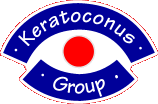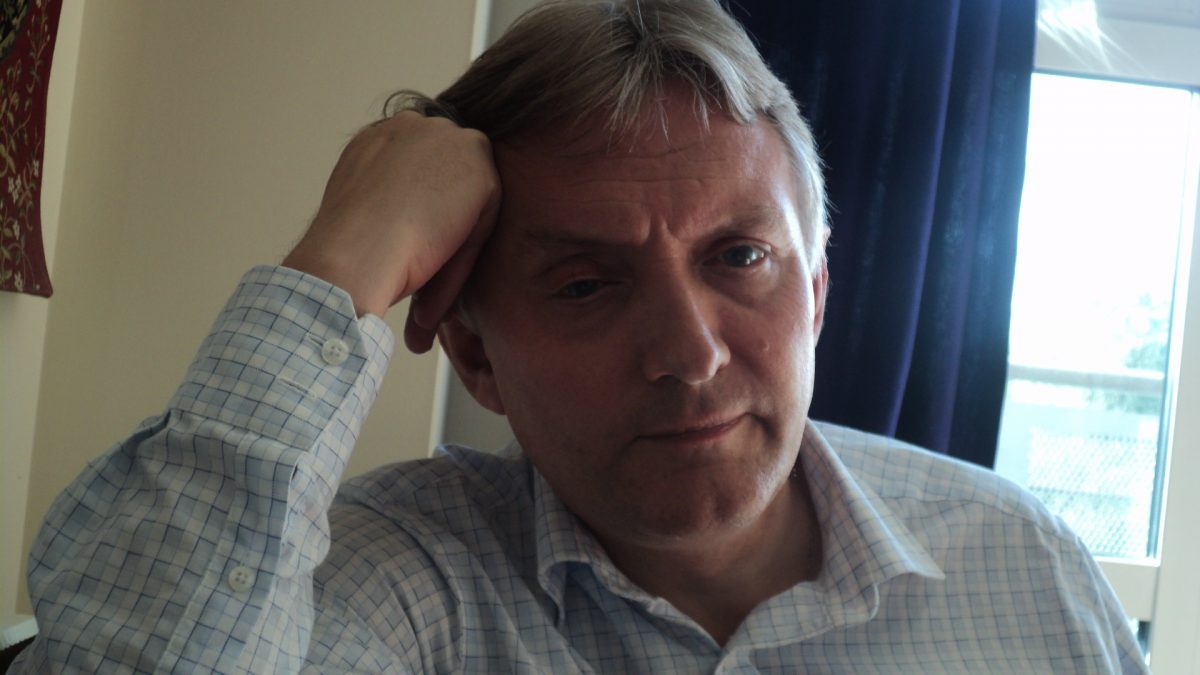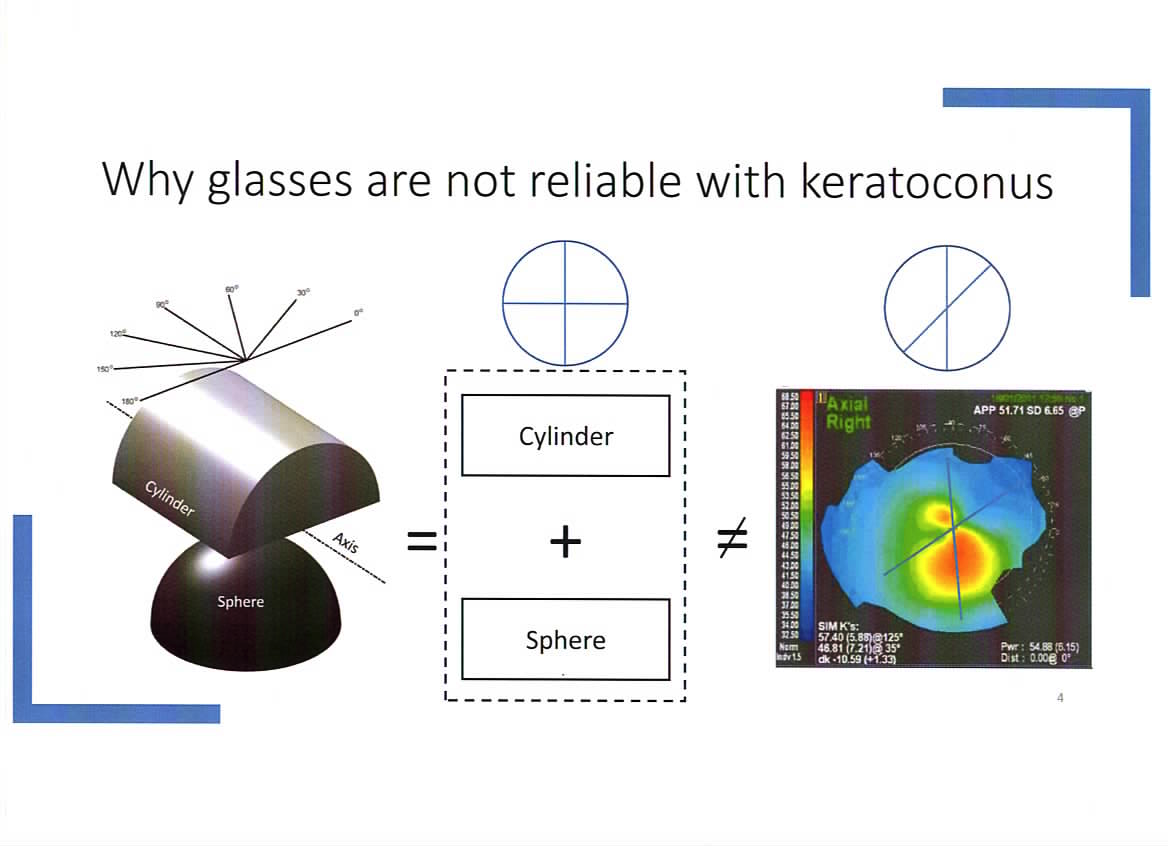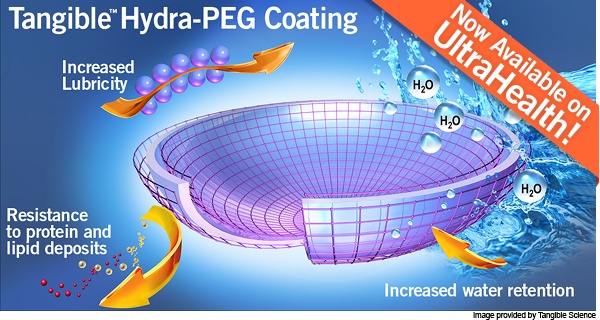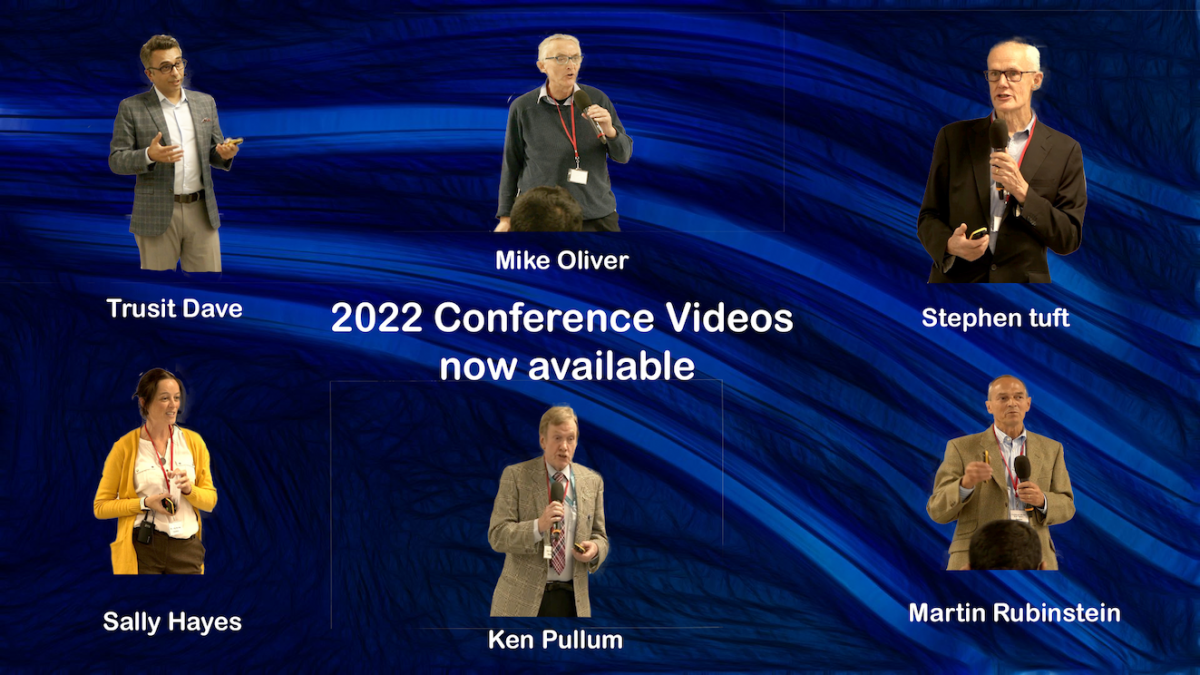It is with great sadness that we announce the death of Mike Oliver, co-founder of the Keratoconus Group, long time trustee and ex Chair of the trustees. Mike’s contribution to the creation and development of the KC Group was immense. His ideas and ambition for what it could become were an inspiration to the rest of us. It was thanks to him that what started as some meetings of KC patients in Moorfields became a national charity. It was Mike who persuaded us that, in addition to our programme of meetings for members, we should also hold a one day conference, inviting a variety of speakers. The first successful conference in London in 2001 led to (so far) nine more in London, Birmingham, Glasgow and Manchester. It was Mike who had the idea of fundraising walks for the charity with members joining as and when they could along the way. The first of these was walking the length of the Thames Path from the source to London. Mike planned the route for each day and walked the entire route (the only one of us who managed to walk every day of the fortnight)! A couple of years later he organised the equally successful Capital Ring walk. He gave generously of his time to the charity and worked tirelessly to spread awareness of keratoconus and its effects on physical and mental wellbeing. That included the last two years when he was already ill but, despite that, gave a very moving talk at our 2022 conference, you can view it – here. Perhaps it was his legal background that made him such an eloquent speaker and a great problem solver. But, of course, apart from all his achievements, we’ll remember Mike above all for his warmth and kindness, his ability to listen and empathise, his dedication to others. We will miss him hugely.
If any of his KC friends would like to attend his funeral, please contact anne@keratoconus-group.org.uk for details.
